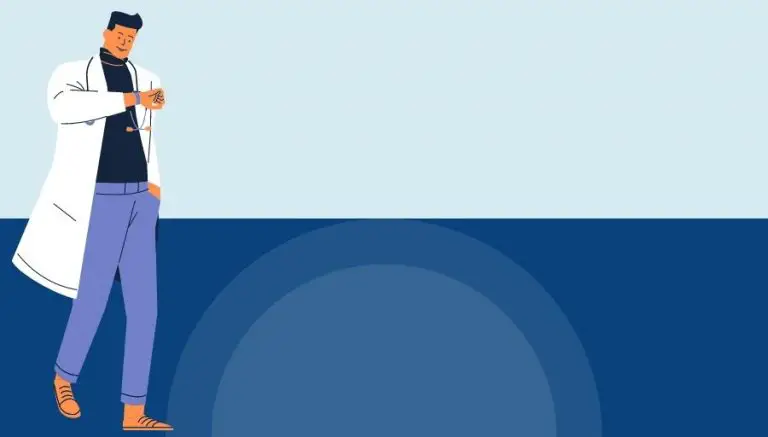How To Use CPT Code 35190
CPT 35190 describes the repair of an acquired or traumatic arteriovenous fistula in the extremities. This article will cover the description, procedure, qualifying circumstances, appropriate usage, documentation requirements, billing guidelines, historical information and billing examples.
1. What is CPT Code 35190?
CPT 35190 is used to describe the repair of an arteriovenous fistula that has been acquired or caused by trauma in the extremities. This code is used when a provider makes an incision at the site of the fistula and repairs the abnormal connection between an artery and vein.
2. Official Description
The official description of CPT code 35190 is: ‘Repair, acquired or traumatic arteriovenous fistula; extremities.’
3. Procedure
- The provider prepares and anesthetizes the patient for the procedure.
- An incision is made at a convenient site in the extremity to access the arteriovenous fistula.
- The surrounding soft tissues and vessels around the fistula are carefully cut to protect them from damage.
- Clamps are applied on either side of the fistula to temporarily stop the blood flow.
- The abnormal connection between the artery and vein is cut, and the artery and vein are repaired.
- The clips are removed, and the provider checks for normal blood flow using Doppler ultrasound.
- The surgical incision is closed with sutures in layers, and a crepe bandage may be applied to prevent hematoma.
4. Qualifying circumstances
CPT 35190 is used for the repair of acquired or traumatic arteriovenous fistulas in the extremities. These fistulas are abnormal connections between an artery and vein that disrupt the normal pattern of blood flow. The procedure is performed when the fistula is caused by trauma or acquired after birth.
5. When to use CPT code 35190
CPT code 35190 should be used when a provider performs a repair of an acquired or traumatic arteriovenous fistula in the extremities. It should not be used for the repair of congenital arteriovenous fistulas.
6. Documentation requirements
To support a claim for CPT 35190, the provider must document the following information:
- The reason for the repair, whether it was acquired or traumatic
- The specific location of the arteriovenous fistula in the extremity
- A detailed description of the procedure performed, including any additional techniques or approaches used
- The date of the procedure
- The start and end time of the procedure
- Any complications or unexpected findings during the procedure
- The closure method used for the surgical incision
- Any post-procedure instructions or follow-up plans
7. Billing guidelines
When billing for CPT 35190, ensure that the procedure performed is a repair of an acquired or traumatic arteriovenous fistula in the extremities. It is important to use the appropriate CPT code based on the specific circumstances of the procedure.
8. Historical information
CPT 35190 was added to the Current Procedural Terminology system on January 1, 1990. There have been no updates to the code since its addition.
9. Examples
- A provider repairs an acquired arteriovenous fistula in the arm caused by trauma.
- A patient undergoes a procedure to repair an acquired arteriovenous fistula in the leg.
- A provider performs a repair of an acquired arteriovenous fistula in the hand due to trauma.
- An individual undergoes a procedure to repair an acquired arteriovenous fistula in the foot.
- A provider repairs an acquired arteriovenous fistula in the forearm caused by trauma.
- A patient undergoes a procedure to repair an acquired arteriovenous fistula in the thigh.
- A provider performs a repair of an acquired arteriovenous fistula in the wrist due to trauma.
- An individual undergoes a procedure to repair an acquired arteriovenous fistula in the ankle.
- A provider repairs an acquired arteriovenous fistula in the elbow caused by trauma.
- A patient undergoes a procedure to repair an acquired arteriovenous fistula in the knee.


